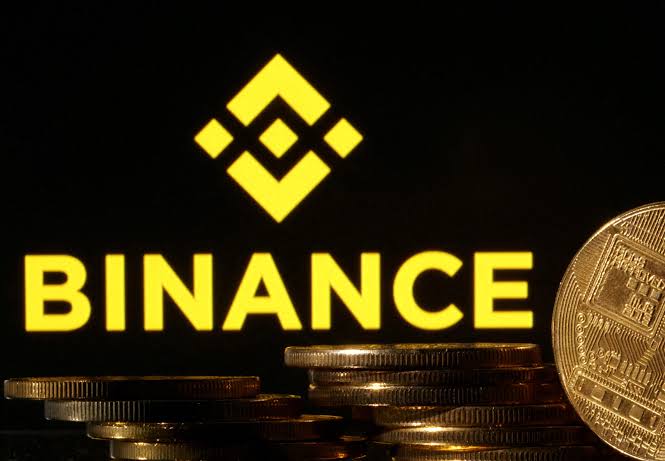
Binance, a leading name in the cryptocurrency industry, has introduced a new asset called BFUSD, which has already stirred discussions within the crypto space. With a 19.55% APY, the asset is positioned as an enticing alternative to traditional stablecoins. However, parallels to the infamous UST stablecoin have raised concerns about its long-term viability.
BFUSD: A High-Yield, Reward-Bearing Asset
Binance has made it clear that BFUSD is not a stablecoin, but rather a reward-bearing margin asset designed specifically for futures trading. Users can earn daily rewards simply by holding BFUSD in their UM Wallets, without needing to stake or lock their funds.
The asset is backed by a 105.54% collateralization ratio, and as of November 17, 2024, Binance disclosed a reserve fund containing 1.1 million USDT to support its stability.
Despite Binance’s statements, comparisons to Terraform Labs’ UST, a stablecoin that collapsed in May 2022 after offering a 20% yield through Anchor Protocol, continue to surface. This has led some within the crypto community to question whether BFUSD could follow a similar trajectory.
Binance Addresses Concerns
In response to the comparisons, Binance has emphasized that BFUSD is fundamentally different from UST. The company has promised to release additional information on the asset, including details about how its high APY is calculated.
However, the language on the official BFUSD webpage, which highlights its “High APY surpassing the yields offered by many other stablecoins,” has added to the confusion. This has left some skeptics questioning whether BFUSD truly avoids the risks associated with high-yield assets like UST.
The Risks and Rewards of High-Yield Crypto Assets
The introduction of BFUSD is the latest in a series of high-yield offerings that have emerged since the downfall of UST. Earlier this year, Ethena Labs launched USDe, a synthetic dollar with a remarkable 27.6% APY, surpassing UST’s previous returns.
Unlike algorithmic stablecoins, Ethena employs a dual-asset strategy that combines Ethereum staking rewards with positive perpetual swap funding rates. This model allows USDe to generate returns without relying on speculative demand for its governance token, which helped it avoid the same fate as UST.
As BFUSD enters the market, the crypto community is watching closely to see whether Binance has developed a similarly innovative approach or whether the asset might carry comparable risks to earlier high-yield failures.
BFUSD Amid the Legacy of BUSD
Binance’s launch of BFUSD comes at a time when the exchange is moving away from its earlier stablecoin, BUSD.
In February 2023, the New York Department of Financial Services (NYDFS) ordered Binance’s partner, Paxos, to cease minting BUSD amid growing regulatory scrutiny. Following this, Binance began phasing out BUSD, eventually discontinuing related borrowing and staking services. By December 2023, Binance officially ended support for BUSD and transitioned users to FDUSD, a stablecoin from First Digital.
BFUSD represents Binance’s next step in reshaping its offerings while navigating an increasingly challenging regulatory environment.
The Road Ahead for BFUSD
With its promise of 19.55% APY, BFUSD is likely to attract attention from both potential investors and skeptics alike. While Binance has emphasized that BFUSD is not a stablecoin, its high-yield potential will inevitably invite comparisons to past failures like UST.
For now, BFUSD is being positioned as a reward-bearing margin asset designed for futures trading, signaling Binance’s intention to explore new financial products. However, its sustainability and risk factors remain key questions as the exchange prepares to release more details about the asset.
As Binance rolls out BFUSD, the crypto world will be watching to see how it performs and whether it can avoid the pitfalls of other high-yield assets.






